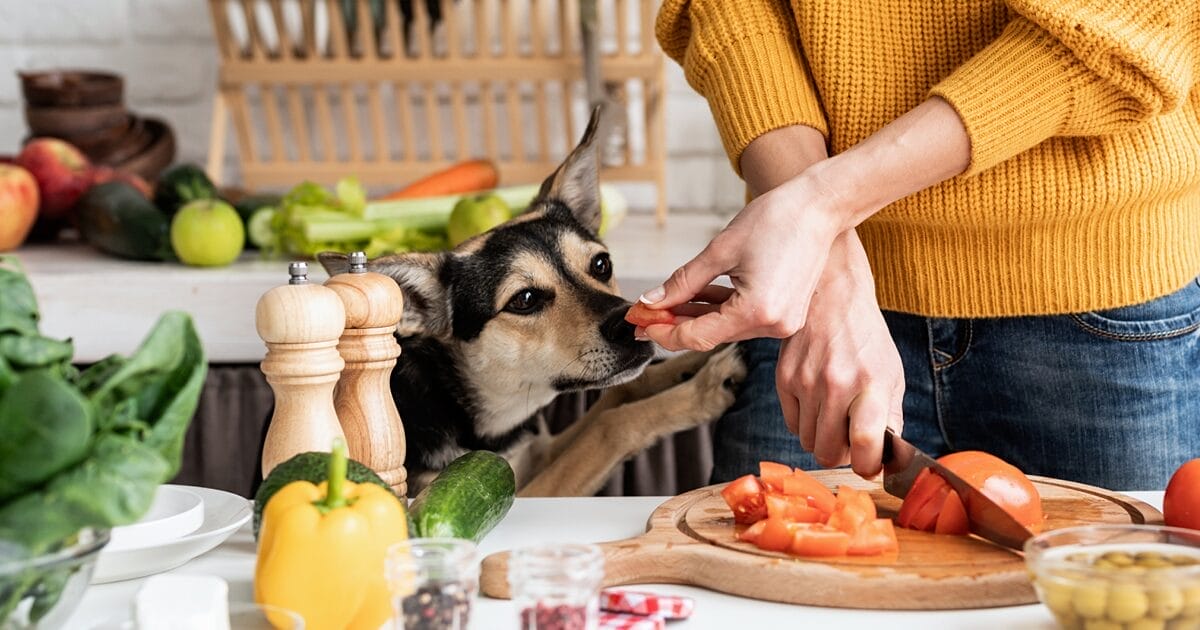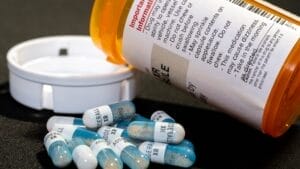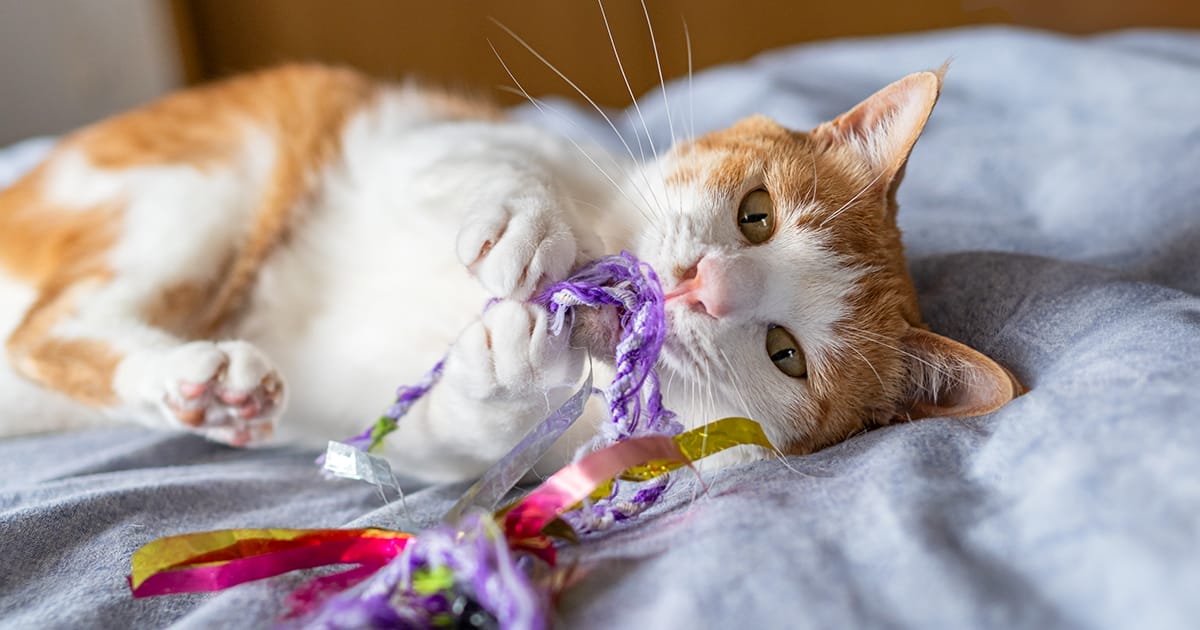
Keep Your Pet Safe During Back-to-School Season
Reduce back-to-school pet stress with these simple tips to keep your pets happy and healthy during the busy season.
As the back-to-school season approaches, many families get ready for a busy year ahead. The excitement of new classes, teachers, and supplies can be thrilling, but it’s easy to overlook how this change affects our pets. With the household routine disrupted, pets may experience stress or anxiety due to the new environment and unfamiliar items. To keep your pet happy and healthy during this transition, our MedVet experts offer tips to keep your pets safe as you prepare for the back-to-school season.
Managing Pet Separation Anxiety and Boredom
As we adjust to a new routine with the return to school, our pets may struggle with the change. Having grown accustomed to our presence at home, they can feel the effects of our absence. Dogs may exhibit destructive behaviors like digging, scratching, or chewing, while cats, especially those with a history of trauma, may display signs of anxiety such as trembling or loss of appetite. Learn more about dog behaviors and their meanings and cat behaviors and their meanings.
- Ease your pet into a schedule. Start by leaving them alone for short periods and gradually increasing the duration as they become more comfortable. Establishing a predictable routine will help your pet understand what to expect when you leave and return home.
- Keep boredom at bay. Provide your pet with distractions like toys, a window seat, or food-filled treats. You can also leave the TV or radio on to create a sense of companionship. When you are home, spend quality time with your pet, engaging in play and showing affection to reassure them that you’ll return.
- Regularly exercise your pet. To help alleviate anxiety, tire your pet out with a pre-departure workout. Consider hiring a pet sitter or enrolling your pet in day care to provide socialization and exercise.

If your pet’s anxiety persists, consult with your veterinarian about potential treatments, such as medication or counterconditioning. In the meantime, crate training may help prevent accidents or destructive behavior.
Protecting Pets from Lunch Box Hazards
As the new school year begins, parents face the familiar debate: pack or buy lunch? While packing a healthy lunch is a great way to ensure your child’s nutrition, it’s essential to be aware of the potential hazards that lunch box items can pose to your pet.
- Be mindful of the food you pack. Some common lunch box foods can be toxic to pets. Grapes, raisins, macadamia nuts, chocolate, and items containing xylitol (found in sugar-free gum and candies) are all hazardous. Additionally, cold packs can be toxic if ingested, as they may contain ethylene glycol or ammonium nitrate.
- Beware of the bags. Other lunch box-related hazards include plastic snack bags, which can cause suffocation if your pet gets their head stuck in them. To minimize this risk, cut or tear bags before disposing of them in a pet-inaccessible trash can.
- Leftover food can also be hazardous. Food such as banana peels, apple cores, and moldy foods can cause blockages or contain fungal neurotoxins that can make your pet ill. To keep your pet safe, ensure that lunch boxes are emptied at school or disposed of promptly when your child returns home.
Protecting Pets from Backpack Hazards
As the new school year begins, backpacks often end up on the floor or by the door, posing a risk to curious pets. To keep your pet safe, be aware of the potential hazards that can be lurking in your child’s backpack.
- Be aware of medications. ADHD medications, albuterol inhalers, and over-the-counter pain relief medications can be toxic to pets.
- Sugar-free treats can be toxic. It’s essential to be cautious with sugar-free gum, mints, and candies, as they often contain xylitol, which can cause low blood sugar, seizures, liver failure, or even death. Learn more about xylitol poisoning in dogs.
- Keep school supplies out of your pet’s reach. Pencils, pens, erasers, and other small school supplies can be tempting to pets who like to chew. If swallowed, these items can cause While ink from pens or markers is generally not toxic unless ingested in large amounts, it can still create a mess.
- Use caution with cords. Computer electrical cords can also be hazardous, as pets may chew on them while they’re plugged in or get entangled in the cord. To minimize these risks, store backpacks in a secure location, such as on a hook on the wall, to keep them out of reach of pets.

Keeping Pets Safe: A Family Affair This Back-to-School Season
To ensure a safe and healthy back-to-school season for your pet, it’s important to involve the whole family in the effort. By educating your child(ren) on the importance of picking up after themselves and storing school items out of reach, you can significantly reduce the risk of accidents involving pets. If your pet does ingest something hazardous, don’t hesitate to contact your family veterinarian or visit your nearest emergency veterinary hospital, like MedVet, for assistance.
Visit our Pet Care Resources library for more pet health and safety information.
FAQs
How can I help my dog with anxiety?
What foods are toxic to my pet?
What medications are toxic to pets?
Learn More
For ways to ensure your pet lives a happier, healthier life, visit our Pet Care Resources library.
Pet Care ResourcesContents
Learn More
For ways to ensure your pet lives a happier, healthier life, visit our Pet Care Resources library.
Pet Care Resources

